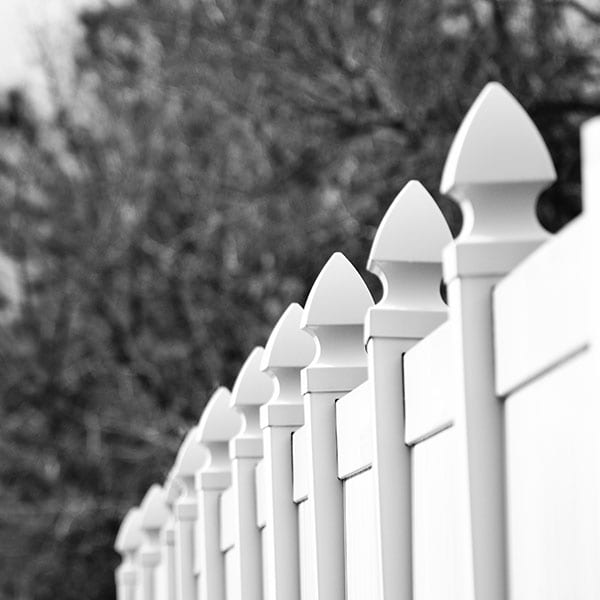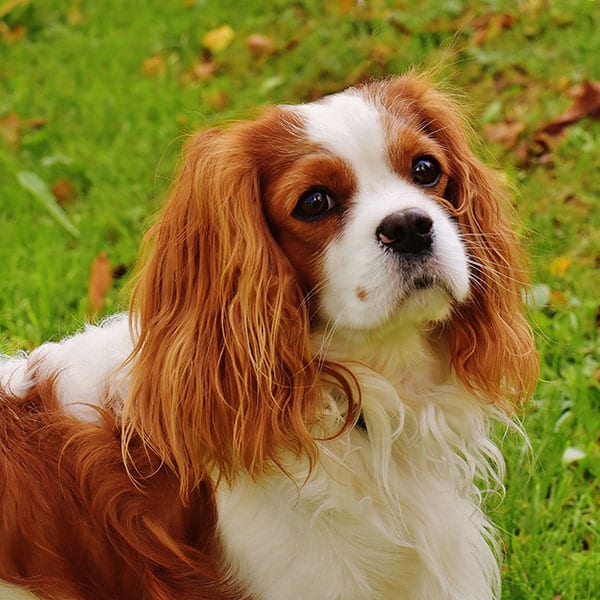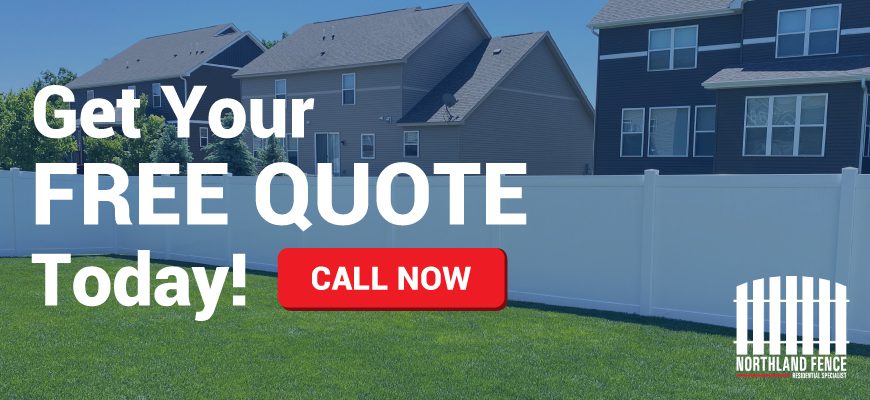So you brought Aladdin in the front door to meet his new family. The new pup was so full of excitement from all the oohs and ahhhs and the petting. Oh, the petting! And the tall people! And the cat! Oopsy! There’s a little wet piddly mess on the shiny floor — you know the one, it makes his feet slip out because his nails slide right over the surface? Another oopsy! That’s right, Aladdin just landed in the wet puddle. The shouted instructions came next.
“Take him out back!”
“Get some paper towels.”
“He’s making a mess!”
Before you know it, you’ve scooped up the little guy to head to the back door and step outside to put him down, even though he’s obviously done with his liquid business. You pause to gather your breath after such an overwhelming reaction to the “little” surprise you were excited to have join your family.
As you look around while Aladdin starts sniffing his new area, you place your hands on your hips and arch your back. You tilt your head to the warm sun and slowly bring it down and look at Aladdin. He’s about 10 feet away from you. That’s when you start to notice your surprise of the day. You forgot you have no fence!
Having an active dog is no easy task. We know this all too well. Energetic pups need to blow off a lot of steam throughout the day, and taking them on regular walks can get a bit exhausting. So, unless you have a beautiful fenced-in yard, you’re probably staring out the window wishing you could have an enclosure that allows your dog some much needed outdoors time.
It doesn’t matter how big or small your dog is; they need exercise. Regular activity is good for the dog’s mind, body, and spirit. Just like with us humans, dogs benefit greatly from some movement. It keeps your dog fit and their metabolism healthy.
But, what happens if your dog doesn’t get the exercise they need? Well, aside from becoming a bit stir-crazy, staying stagnant will end up with some pretty unfortunate side effects.
- Loss of muscle
- Pack on the pounds
- Behavioral issues
So, while you’re still probably peering out that window, it might be time to install that fence you’ve been dreaming about for far too long. But where do you start? We receive questions all of the time about which type of fencing is ideal for a dog. The truth is, there isn’t necessarily one specific option that fits every dog owner’s needs. There are some basic rules of thumb that you can follow to create the ideal fencing solution for your pup.
Questions To Consider When Choosing a Fence for Your Dog
So. You need a fence.
While that may seem like a simple request, there are many factors at play when choosing the right type of fence for dogs It is very helpful for you at the beginning of the fence selection process to make a list of those needs. This will ensure you don’t forget a detail and gives your contractor the right information when guiding you through the fence-building process.
Here is a list (in random order) of things you’ll need to think about or find the answers to:
- What breed(s) of dog is Aladdin?
- How big will Aladdin grow?
- Is he a digger?
- Is he a jumper? How high can he jump?
- Does fence style affect safety?
- How many gates will you need, and at which access points?
- Do you need privacy to discourage his barking at passersby?
- Do you need to control other things? Children? Garden? Wildlife?
You might not have as many questions, or you may have twice as many, but reading through this can get your mind’s wheels starting to rotate through what matters most for your family and cute, little Aladdin.
These guys can be a bit mischievous and smart! Depending on their breed, they have known skills such as
- Gate Escape: Border collies are known for their intelligence. Your neighbor might return your dog who has watched carefully how you close your gate and figured it out for herself.
- Pushover: St. Bernard, Great Dane and other large breeds might test the strength of a smaller-stature fence.
- Easy Peasy: Cavalier King Charles spaniel and bichon frisé are smaller breeds that rarely bark and would be fine with a smaller-height fence.
- Guardian: German shepherds and similar dogs who like to patrol might be more at ease with a taller privacy fence.
These are some things you might want to consider before getting a certain breed, but sometimes you get what happens naturally and after the fact, like your shelter-rescue here, Aladdin.
What Are My Fencing Options?
That’s a great question. There are quite a few options that work great, some that are OK, and others that you really should stay far, far away from. Regardless of which fencing option you decide works best for your dog, we recommend hiring a trusted fence expert for installation. Not only will this ensure that your fence stands tall, but it will also guarantee the longest possible lifespan for your enclosure.
Fence Styles and Materials
There is a wide variety of traditional fence options, but we’re going to stick with the ones that work best for dogs. First of all, what do we mean by traditional? Well, we’re mostly talking about physical fencing (as compared to invisible fencing). There are some standard options/materials available.
- Chain link
- Wood
- Vinyl
- Wrought iron
Within these, there are several different styles as well. For instance, there are your classic picket options, ornamental, or privacy fence solutions as well. Wow. We know it can seem like a lot to digest, but we promise that we’ll narrow it down for you.
There’s also the invisible fencing alternative. Unlike traditional (physical) fencing, these are made specifically for your dog and don’t serve any additional functions. Typically, invisible dog fences require buried wires around the perimeter that correspond with a transmitter. They’re relatively simple, check out this article from Wonderopolis if you’re curious about the ins and outs. There’s a lot of debate regarding which fence type is better suited for dogs. We’ve even written an article called “Invisible or Physical: Which Fence Is Ideal For Your Dog?” So, check it out if you want to learn more about the various pros and cons of each.
For now, we’ll give you a quick snapshot of some pros and cons that each can bring your pup.
Invisible Cons
- Only work one way
- Shock can cause behavioral problems
- Prong collars can irritate your dog
- Constant battery replacements
Invisible Pros
- Cheap
- Accepted in nearly every neighborhood
Traditional Cons
- A bit more expensive
- Longer installation
- Your neighborhood may not allow it
Traditional Pros
- Reliable enclosure
- Keeps your pup in and other animals out
- Safe for friend’s pets as well
- Improves curb appeal
- Discourages negative behaviors
Invisible fences get the job done, but they are usually more trouble than they’re worth. Plus, the money that you save isn’t necessarily worth it, primarily because properly installed traditional fences are an investment that can increase property value. Plus, depending on which type of fence you get — they can serve a variety of functions. Speaking of that, let’s dive into which traditional fence types are ideal for your dog.
The Best Fence Material For Dogs: Vinyl

There are so many reasons why we swear by vinyl fencing in general, but for dogs, it’s even more apparent. Chain link fences are a nightmare for dog owners, especially athletic dogs. These fences give your pup way too much footing. Before you know it, they’re up and over the fence and into the great beyond. Wood fences are your next “best bet.” But the truth is, wood fences often give you much more grief than good.
Cedar is especially problematic, but most wood types have the same issues. Splintering, warping, constant paint touch-ups…the list of the continual problems is pretty long. Not to mention the effect moisture has on wood. Mold and rot can run rampant on your fence, causing you a blistering headache.
Wrought iron or galvanized steel alternatives aren’t set up for dogs. The spaces between the posts are too wide and make it easy for dogs to slip through. While these fences do look incredible and are a great ornamental addition to most properties, they aren’t the best solution for a dog.
So, where does that leave us? It leaves us with vinyl. First of all, vinyl is smooth, which means you don’t have to worry about your dog scaling up the fence to make their great escape. Next, it’s an extremely durable material that will stand the test of time if properly maintained. This durability also means your dog won’t be able to charge through it if they decide to test out its strength. It also comes in many sizes and styles, giving you a ton of freedom to choose the ideal fence for your property.
The Best Fence Style For Your Dog: Privacy
With so many styles and fence variations out there, we understand why many dog owners get it wrong their first time around. Well, we want to save you the money and the trouble and give you the answer straight away. Your best option for any dog is a privacy fence. Look at it this way; Chain link fences are easy to climb, picket and ornamental fences are easy to see through and sneak through, and wooden fences will make you pull your hair out after one winter.
Privacy fences check all of the boxes, especially if they’re vinyl. Vinyl privacy fences are easiest to maintain material, tall enough to discourage jumpers, smooth enough to stop climbers, and block your dog from getting distracted by cars, neighbors, for fellow pups passing by. They require the least amount of maintenance as well. You don’t have to worry about painting because the color doesn’t fade over time. Moisture isn’t a problem either because vinyl doesn’t rot or rust.
But privacy is the name of the game. Dogs are easily distracted. Every time a car drives by or a squirrel dashes across the street, your dog will be reminded of the barrier that stands in their way. Depending on your dog’s temperament, this could lead to behavioral issues like barking. The same can be said for your neighbor’s dog as well. The more stimuli your dog receives but cannot explore — the more irritable they will become. Privacy fences work both ways. They give your dog and yard some much-needed privacy, but also keep your pup from unwanted distractions.
What If I Have A Big Dog?
The bigger the dog, the bigger the love, right? Absolutely. However, it also means more significant considerations when choosing the right fence for your dog. Larger pups take a little more care to keep secure. Not only do they have more energy, but they are often more athletic and creative with their escape tactics. That means you need to strike a balance between the right fence height and aesthetic.
Traditional fences are about four or five feet high. That’s simply not going to cut it for larger breeds like Dalmations, Huskies, Retrievers, German Shepards, Labs, Greyhounds, and other athletic dogs. You’re going to need a bare minimum of five feet, but if you want to play it safe, you can go anywhere between six to eight feet. If you have an existing fence and you’re planning on just making additions, that can work, but dogs are adaptable. We’ve seen instances where dogs learn how to scale or jump a fence after each addition. You’re essentially challenging them at that point. So, we’d recommend a new install that’s a decent amount higher than your previous fence. To truly discourage climbing, you’ll also want to make your fence climb proof. But we’ll cover how to do that in a bit.
We mentioned how important the material your fence is made out of is. Well, if you have a big dog, it plays an even bigger role. Fences with footing are a big no-no with bigger dogs. Chain link fences are out. Also, any fence styles that have horizontal posts that could hoist a dog up won’t work. The same goes for the importance of a privacy fence. Because big dogs are so energetic, you want to avoid distracting them with whatever may be speeding by on the street.
The Right Fence Will Prevent Barking
Yes, you read that correctly. The right fence can discourage and even prevent barking. Dogs bark at fences for a variety of reasons. One of these reasons we’ve been hinting at throughout the post. Dogs hate when they can’t go where they can see. As you can imagine, the best deterrent for this is a privacy fence.
If you do have a privacy fence, you’ll want to make sure there isn’t any way for your pup to peer over the top. So, remove any planters or basins that could give them enough room to prop themselves up and above the fence.
We mentioned some of the downsides of invisible fencing. One of the bigger ones is the behavioral issues they can cause. One of those is barking or territorial aggression. If your dog is continually associating curiosity with being given a small shock, they could begin barking at everything that passes by. Also, there is absolutely nothing obstructing your dog’s vision with an invisible fence, which means they are going to be constantly teased and tempted by everything that they see. You wouldn’t like seeing fellow pups, friendly neighbors, or other animals without being able to investigate. Well, neither will your dog.
Preventing barking with an enclosure comes down to practice. What do we mean? Well, if you let your dog play in the yard…go with them! Fenced-in yards are great for your dog’s physical and mental health. However, you don’t want them to associate “playing” in the yard with negative reinforcement. So, go outside and hang with them for a bit. Doing this is a crucial step right when the fence goes up.
Keep Your Dog Fence Secure
Once you have built the perfect dog fence, you want to minimize variables that could put your canine friend at risk. Many of these risks come from having the wrong fence from the start. The right fence material can prevent some climbing behaviors (vinyl). The right fence type can prevent dogs from slipping through the posts (privacy). However, there are some other things to consider that could put your fence at risk.
Improper Maintenance
A damaged fence is not only ugly but can also be a security risk for your dog. Certain fence types and materials can reduce the amount of necessary maintenance, but there are some universal precautions every fence owner can take to minimize security risks for your dog.
Regularly inspect your fence for debris or dirt. There are annual steps you can take to maintain your fence. It’s ugly enough to have a dirty fence, but it can lead to problems for the structural integrity of your enclosure down the road. Be on the lookout for grass trimmings, bird droppings, or pollen. Certain fence materials like wood or metal will require different checkups. If you’re looking for a complete guide to fence maintenance, check out our article: “The All-Encompassing Guide To Fence Maintenance.”
Space Underneath The Fence
Dogs are notorious for digging. If given the opportunity, they’ll dig away at the base of your fence. They tend to do this where there are existing gaps. Be on the lookout for any of these spaces lurking underneath your fence. If your fence installed correctly, you aren’t likely to have this issue. But, if you do, there are some ways you can deter digging.
Block gaps or spaces with low hardscaping or landscaping features. You can use a particular boulder or rocks, plant life, planters, or other additions to create a barrier between your dog and the gap. However, you’ll need to make sure these are low enough. Otherwise, you risk your dog climbing up and over your fence using hardscaping or landscaping features as help.
Remove Climbing Assists
Speaking of your dog using features to hurdle over the fence, you’re going to need to remove anything that can give them an extra boost over the fence. What should you look for? Planters, outdoor furniture, fountains, hardscape features, and hose wheels are common culprits for that extra assistance over the fence.
You would be surprised how creative dogs will get. You’ll want to think with some creativity here and be on the lookout for any strange avenues over the fence. This can include using part of your home as well.
Keep Your Dog Secure

Your dog is a part of the family, which means you want to keep them safe and secure. The fence you decide to invest in should reflect the love and care you put toward your pup. The right fencing solution is out there, and hopefully, this article gave you some direction toward the best possible fence for your dog.
If you need a hand with your fencing installation, we would love to help. We’re a family-owned and locally run business who pride ourselves on the honest, friendly, and expert customer service. We’ll work with you to create the fencing solution that works for your property and your pup.
Call Minneapolis’ Fence Company for Professional Guidance
You name it, and we have probably heard it, since Northland Fence Minnesota has been around the yard…’er, the block, a time or two since its founding in 2004.
We go the extra mile and install our fences with driven posts, not concrete supports, we provide warranties to protect your investment, and you can take relief knowing we have a positive online review reputation a mile long in gold stars.
We will be the one to remind you that your riding mower needs a double-gate to access the backyard. Or we might suggest installing the fence after the heavy loaders dig up your backyard for your dream pool oasis. And if we see Aladdin jump straight up to catch that disc, we will probably steer you away from the 4-foot-tall white picket vinyl. Give us a call at (763) 292-4591.


